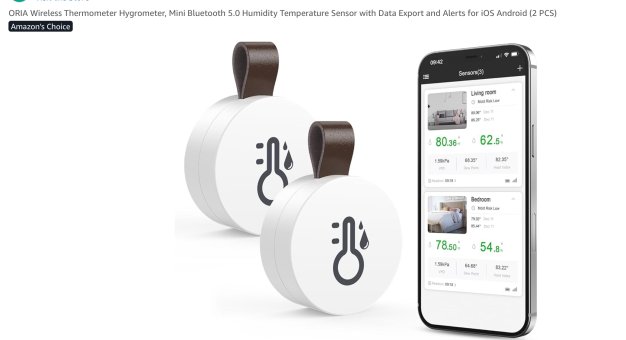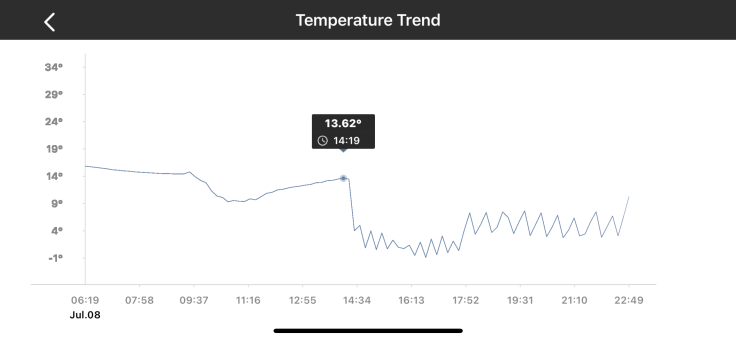No, I ended up 'burrowing into the works to get to that difficult connector block' because I didn't realise until I had split the connector block that I couldn't manage to remove the bullet ends of the old thermostat from the block. However, yes you are right if you decided in advance to not try to split the connector block you could have just cut the old thermostat wiring in half, splice in the new thermostat to the connector block end of the old thermostat wiring without having to burrow and split the connector block, and it should still work.
Sorry no pictures of the new connection, as I cut the wiring close to the connector block in anticipation of removing the bullet ends from the connector block and so the Wago connectors are now buried near the connector block at the back of the fridge which I had to do to reconnect the block. I have now put everything back together, so would have to split the connector block back together to provide you with a photo which as per the comments above is a little fiddly!
Sorry no pictures of the new connection, as I cut the wiring close to the connector block in anticipation of removing the bullet ends from the connector block and so the Wago connectors are now buried near the connector block at the back of the fridge which I had to do to reconnect the block. I have now put everything back together, so would have to split the connector block back together to provide you with a photo which as per the comments above is a little fiddly!












